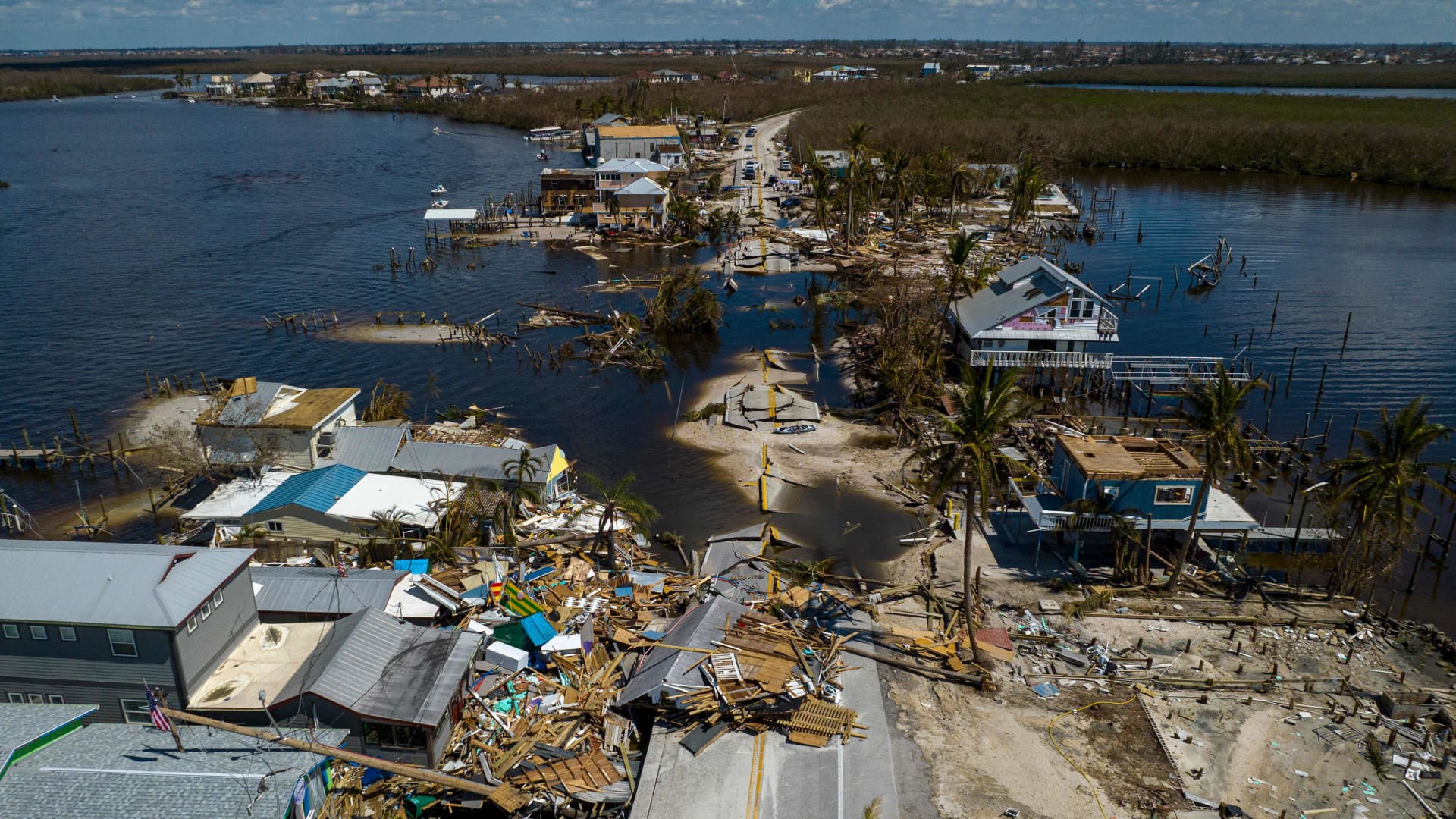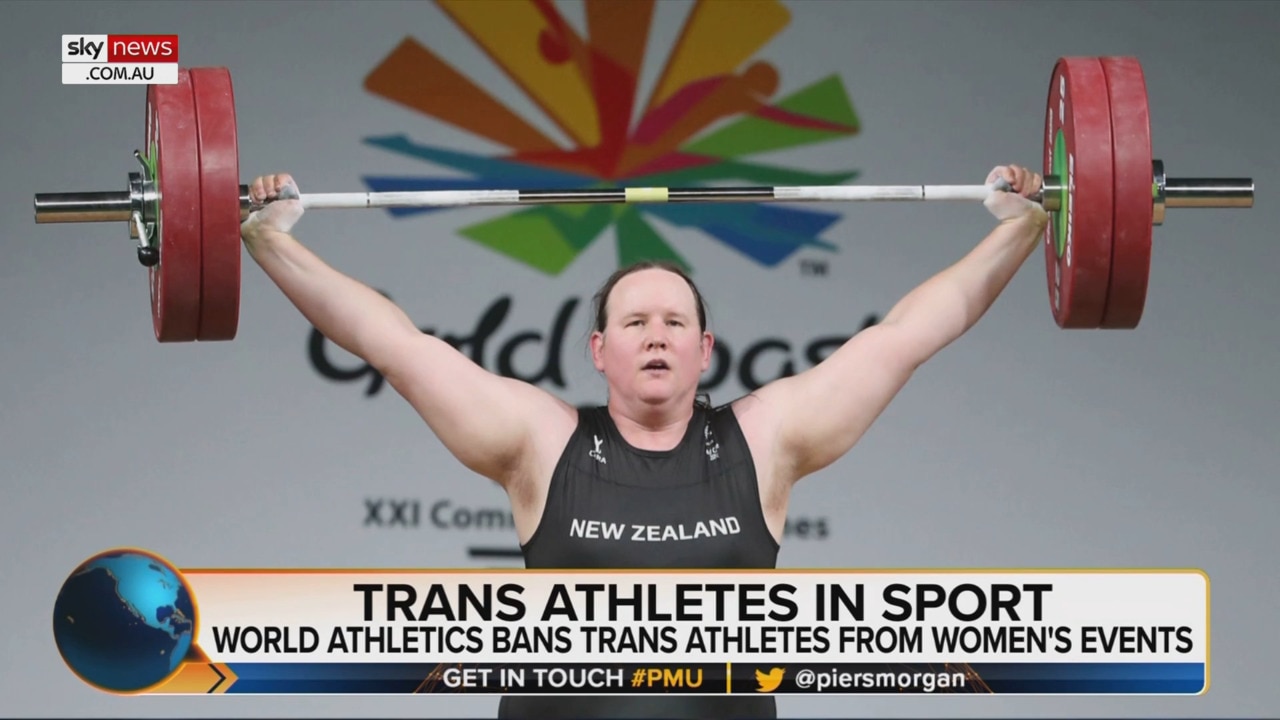How Climate Risk Impacts Your Mortgage Application

Table of Contents
Increased Flood Risk and Mortgage Insurance
Understanding Flood Zones and Their Impact
The Federal Emergency Management Agency (FEMA) maps properties into different flood zones, categorized by risk levels: high, moderate, and low risk. Your location within these zones significantly impacts your mortgage and insurance.
- Higher premiums in high-risk zones: Expect substantially increased premiums for flood insurance in high-risk areas. This added cost can make the mortgage less affordable.
- Potential denial of mortgages in high-risk areas without flood insurance: Lenders often require flood insurance for properties in high-risk zones, and failure to secure it can lead to loan denial.
- Increased scrutiny of properties in flood-prone areas: Lenders conduct more thorough inspections and appraisals for properties in flood-prone areas to assess their vulnerability.
The National Flood Insurance Program (NFIP) provides flood insurance in the United States, but its availability and coverage can vary. Private flood insurance options are also available, often providing more comprehensive coverage but potentially at a higher cost. Understanding your options and securing appropriate coverage is critical for a successful climate risk mortgage application.
The Growing Importance of Flood Risk Assessments
Lenders are increasingly relying on advanced flood risk assessments and models during the underwriting process. This means a more in-depth evaluation of your property’s susceptibility to flooding.
- More rigorous property inspections: Expect more detailed inspections to identify potential vulnerabilities and assess the property's resilience to flooding.
- Utilization of advanced mapping technologies: Lenders use high-resolution mapping and sophisticated modelling techniques to assess flood risk more precisely.
- Impact on loan-to-value ratios (LTV): High flood risk can negatively influence your LTV ratio, potentially requiring a larger down payment or impacting your ability to secure a loan.
The accuracy of these assessments can vary depending on data availability and model limitations. It’s important to be aware of these factors and to engage in open communication with your lender.
Wildfire Risk and Property Values
How Wildfire Proximity Affects Mortgage Approval
The proximity of your property to wildfire-prone areas significantly impacts lenders' risk assessment. Properties located in high-risk zones face stricter lending criteria and increased scrutiny.
- Increased insurance premiums: Homeowners insurance premiums will be substantially higher in high-risk wildfire areas, impacting affordability and potentially making the mortgage unaffordable.
- Stricter lending criteria: Lenders may require larger down payments or higher credit scores for properties in high-risk areas.
- Potential devaluation of properties in high-risk zones: The risk of wildfire can decrease a property's market value.
Investing in fire-resistant building materials and creating defensible space around your property can mitigate risk and potentially improve your chances of securing a mortgage.
The Impact of Wildfire on Property Values and Loan-to-Value Ratios
Recent wildfire activity can significantly impact property values, directly affecting your LTV ratio and making mortgage approval challenging.
- Difficulty securing loans with lower LTV ratios: Lower property values due to wildfire risk may make it difficult to obtain a loan with a favorable LTV.
- Need for larger down payments: You might need a larger down payment to compensate for a lower LTV ratio.
- Potential for loan denial: In severe cases, lenders may deny loans altogether due to excessive risk associated with wildfire exposure.
Refinancing or securing home equity loans in wildfire-affected areas may also become more difficult due to decreased property values and increased lender concerns.
Extreme Weather Events and Property Damage
Assessing Property Vulnerability to Extreme Weather
Lenders assess properties for vulnerability to various extreme weather events, including hurricanes, tornadoes, and heat waves. This evaluation goes beyond simply considering location.
- Building codes and construction quality assessments: Lenders carefully review building permits, construction quality, and adherence to building codes to evaluate structural integrity.
- Historical weather data analysis: Data on past extreme weather events in the area is analyzed to assess the property's historical exposure and potential future risks.
- Impact of infrastructure vulnerability: The resilience of surrounding infrastructure, such as power grids and roads, is also considered as it impacts the property’s safety and value.
Building inspections and certifications, such as those demonstrating wind resistance or resilience to extreme temperatures, can significantly mitigate risk and influence lender decisions.
The Impact of Climate Change on Long-Term Property Values
Climate change poses long-term risks to property values and the stability of the housing market, directly impacting mortgage lending decisions.
- Gradual decline in value for properties in high-risk areas: Properties in areas prone to flooding, wildfires, or extreme weather are likely to experience a gradual decline in value.
- Uncertainty regarding future insurability: The long-term insurability of properties in high-risk zones is uncertain, making them less attractive to lenders and investors.
- Potential for stranded assets: In the worst-case scenario, properties may become uninhabitable or uninsurable, rendering them virtually worthless – "stranded assets."
These long-term implications make climate risk a critical factor for lenders evaluating mortgage applications.
Conclusion
Climate risk is increasingly influencing mortgage applications. Understanding flood risk, wildfire risk, and vulnerability to extreme weather is vital for a successful application. By proactively addressing these factors – through thorough property assessments, appropriate insurance, and informed decision-making – you can improve your chances of securing a mortgage. Don't let climate risk impact your dream of homeownership; take the necessary steps to mitigate potential challenges and successfully navigate the process of securing a climate risk mortgage application. Contact a mortgage professional today to discuss your specific needs and learn more about how climate risk affects your mortgage application.

Featured Posts
-
 1 1 96
May 21, 2025
1 1 96
May 21, 2025 -
 New Attempt To Break The Trans Australia Run World Record
May 21, 2025
New Attempt To Break The Trans Australia Run World Record
May 21, 2025 -
 Watch Live Bundesliga Matches Online Streaming Options And Schedules
May 21, 2025
Watch Live Bundesliga Matches Online Streaming Options And Schedules
May 21, 2025 -
 Investors In Big Bear Ai Holdings Inc Should Contact Gross Law Firm Before June 10 2025
May 21, 2025
Investors In Big Bear Ai Holdings Inc Should Contact Gross Law Firm Before June 10 2025
May 21, 2025 -
 Sofrep Evening Brief Key Developments Yemen Missile Russia Amnesty International Conflict
May 21, 2025
Sofrep Evening Brief Key Developments Yemen Missile Russia Amnesty International Conflict
May 21, 2025
Latest Posts
-
 Find Everything You Need About Bangladesh On Bangladeshinfo Com
May 21, 2025
Find Everything You Need About Bangladesh On Bangladeshinfo Com
May 21, 2025 -
 Uefa Nations League Germany Edges Italy 5 4 On Aggregate
May 21, 2025
Uefa Nations League Germany Edges Italy 5 4 On Aggregate
May 21, 2025 -
 Germanys Thrilling Victory Over Italy Secures Nations League Final Four Spot
May 21, 2025
Germanys Thrilling Victory Over Italy Secures Nations League Final Four Spot
May 21, 2025 -
 Bundesliga Abstieg Bochum Und Holstein Kiel Leipzig Entgeht Champions League
May 21, 2025
Bundesliga Abstieg Bochum Und Holstein Kiel Leipzig Entgeht Champions League
May 21, 2025 -
 Bangladeshinfo Com News Information And Resources On Bangladesh
May 21, 2025
Bangladeshinfo Com News Information And Resources On Bangladesh
May 21, 2025
